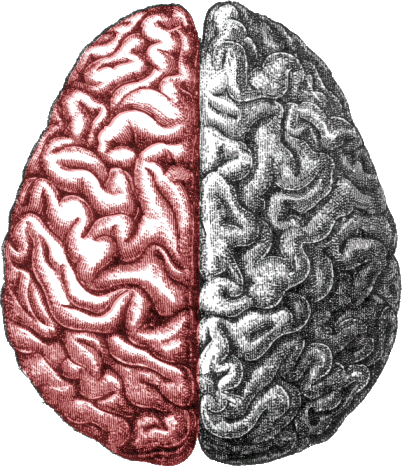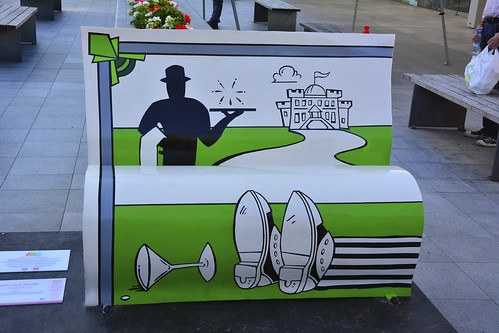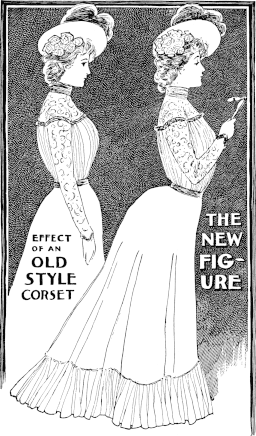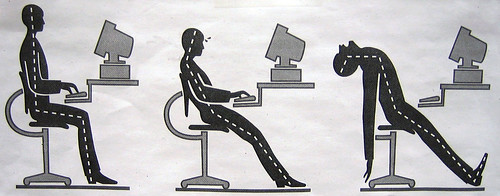I think places that need the rubber duck the most are the ones in distress.
Florentijn Hofman
Dr. Jeeves and Mr. Hyde Wooster
We are all, to some extent, Jekyll and Hyde. I don’t mean to suggest that we all make & take potions and turn into insane murderers (I feel sure I would have noticed), but we all have different sides to our selves. Not good vs evil necessarily, but, say, left-brain vs. right-brain.
The writing teacher Dorothea Brande suggests that in order to make the best use of these different elements of ourselves – she is speaking of the creative and critical functions – it is best to consider and develop them separately.
“By isolating as far as possible the functions of these two sides of the mind, even by considering them not merely as aspects of the same mind but as separate personalities, we can arrive at a kind of working metaphor, impossible to confuse with reality, but infinitely helpful in self-education.”
To arrive at the working metaphor: that was my goal. As I have mentioned before, there are few things I enjoy more than a really good metaphor.
Left brain / right brain, however, isn’t much of a metaphor, and it’s hard to visualize for someone who has never seen her brain (and doesn’t much want to).
The next classic metaphor is the “inner child” – which didn’t really work for me. While my creative side is frequently childlike, it isn’t like a child – and my “adult” self is frequently less than adult!
The thing is, in order to make the best use of the two sides, they need to work together; there needs to be a kind of equality between them. Adult/child is not a relationship of equality.
Yes, the creative side needs to submit to the ordered side’s discipline, or nothing would ever be achieved; but the ordered side’s authority is exercised solely to create the best conditions for the creative side. (Or at least it should be.)
I started considering relationships where this is the case.
The Governess, I decided, was an excellent metaphor for the ordered side: she governs, she educates, she assesses, she provides encouragement and rebuke as necessary, and she wields her authority for the good of her charge.
The only downside is that governesses do all this for children, and my inner self, etc etc. I suppose it is possible to have a governess for a lunatic (seems like something Chesterton would write) but I’m not sure that I’m that far gone.
Then I had a brain-wave: Jeeves and Wooster. Bertram Wilberforce Wooster is the immature undisciplined creative all-over-the-place person par excellence, and Jeeves’ whole raison d’être is to provide for his every need (if not want) and keep him out of prison, matrimony, and unsuitable apparel.
As mentally satisfying as that metaphor was, it still wasn’t quite ‘me’. My ordered side is more a Miss Silver than a Jeeves, and I’d like to think my creative side is less clueless than a Wooster. The Great Metaphor Hunt went on.
Eventually I realized that the metaphors for the two sides don’t have to ‘belong’ together, as satisfying as it would be if they did. I could pair the Governess metaphor with a non-child metaphor. But what?
The creative side really was much harder to pin down, which is fitting, I suppose. After some thought, I settled on the Jester – one of those simple souls who capers about singing songs of joy or sorrow and saying the sorts of things that reasonable people get their heads chopped off for. This is the side of me that laughs at toilet humour and howls at the moon. (I think it is best for everybody if I don’t sing.)
Interestingly, I’ve noticed a difference in what I like to wear, depending on which aspect is in the ascendant, or in use, whichever way you like to look at it.
The Governess side of me likes to wear 1930s style clothes: tailored, smart and tidy. The Jester, on the other hand, has a more medieval aesthetic: flowing garments one can move freely in, preferably topped with a funny hat of some sort (with or without bells).
Perhaps I can use that as a way to toggle the two sides. The Governess makes the plans for the day’s work, and then on go the ancestral dressing-gown and the funny hat, and the Jester comes out to play. When it comes time to review and edit, off with the funny hat.
Do you have recognized sides to your self? Do you have metaphors for them? I’d love to know!
Terrible Truth Revealed! Exoskeleton Tells All
Last Christmas my in-laws gave me a dress-form – one of those wire exoskeleton ones that you can shape to your own figure; or rather, have your dearly beloved shape to your figure, as it’s rather hard to achieve from inside the contraption.
Once I had been released, and the two halves appropriately wired together, we put it on the stand and took a look. Frankly, I was shocked. All right, I still had a waist, but when did my hips get so big? And my stomach? A look at the back of the form revealed the terrible truth: I was heading toward lordosis.
Not, as the name might suggest, a disease of delusive grandeur, but rather excessive inward curvature of the lower back. Basically, the tummy muscles go, and everything sags forward: stomach, spine, the lot. The opposite of this is kyphosis, where the upper back curves out too much and you get a hump.
Lordosis was all the rage in the Edwardian era – if you didn’t have it naturally, your corset would see to the ‘correction’ of your figure.
It is worth remembering, however, that this was over a hundred years ago and times have changed. Not only is a pigeon-breast considered unattractive on anything that doesn’t have wings, we also realize that having your lower back sag forward is Bad For You. (And so is being moulded by a corset. These days women are expected to turn their muscles into built-in shapewear.)
But what exactly is good posture?
According to the actress Shelley Long, “head up and shoulders back. Not only does it make you look taller and thinner but it gives you confidence and boosts your self-esteem.”
Presumably this applies to people of all shapes, sizes and genders. (Tall people: please stop slumping; this demographic is already taken.)
Very well then; head up (check!), shoulders back (check!), chest, er, up… and abdomen up and in. (Up where? Where I used to keep my chest?) Lower back flattened (but not flat), hips tilted back (as opposed to sagging forward), knees straight and feet parallel. That’s for standing. Sitting is another whole assortment of body parts.
But how does one achieve all this, without life becoming a ceaseless juggling of anatomical alignments? There’s always the old-fashioned finishing-school task of walking about the house with books balanced on one’s head (I’d advise against the Shorter Oxford unless you feel your neck is too long); or you can ask a helpful friend for the occasional reminder.
There are some simpler ways, though. One my mother taught me: grab hold of the hair at the crown of your head and pull firmly upward. It’s amazing how your spine will extend itself to relieve the pressure. And once your body knows the position, it’s easier to slide back into it.
But alas, if the problem is soft and saggy stomach muscles, there’s only one thing for it: exercise them until they’re tough enough to do their job.
Because bad posture isn’t just a bad habit, it’s a sign of problems down the road: back pain, neck pain, sagging here, slumping there… So heed your exoskeleton’s warning and change your posture before the problems come home to roost – or the pigeon breast comes back in.
NB: If you want your own exoskeleton, there’s a useful tutorial here. Bring duct tape.













